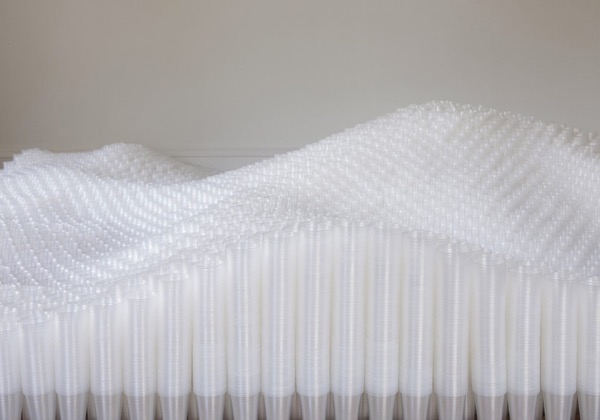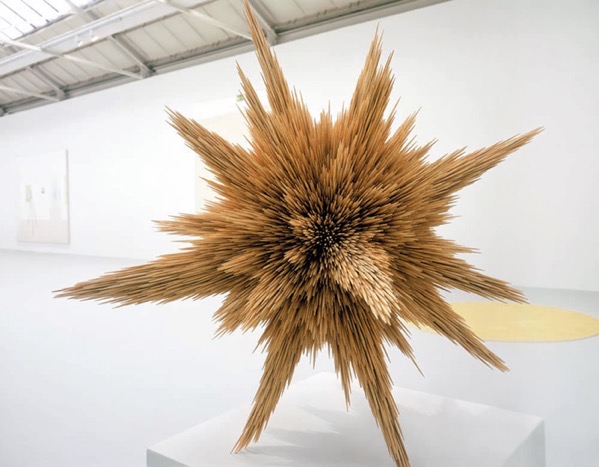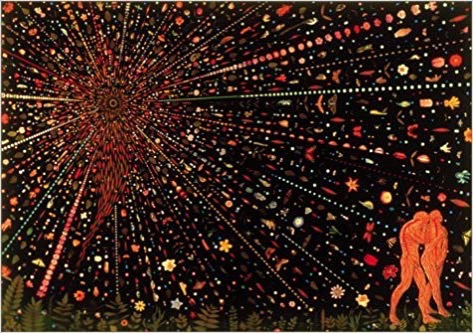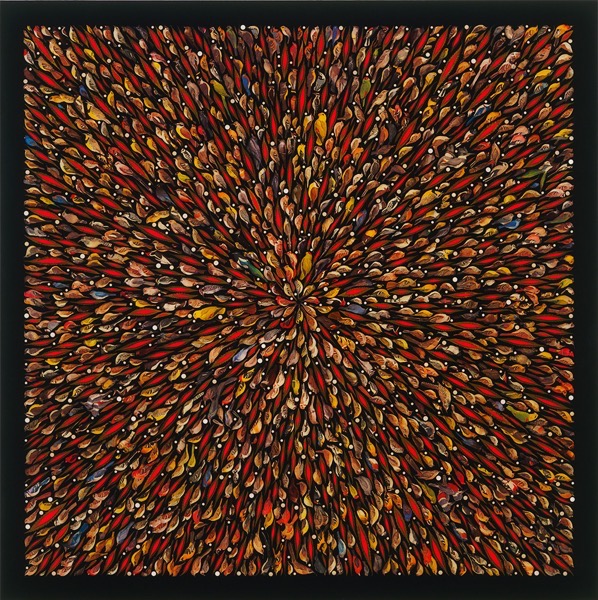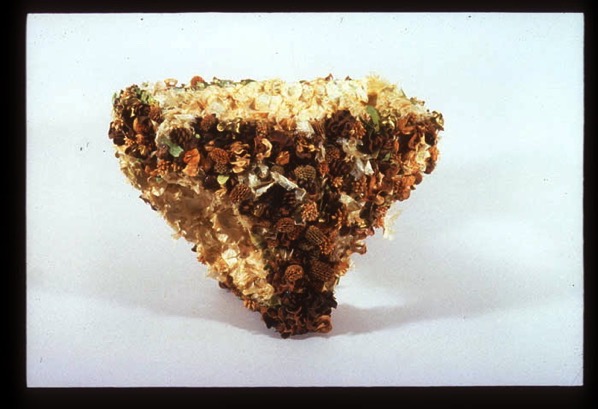The “magical thinking” of a child enables a shifting understanding of the
objects around him in a manner which determines use based on needs and desires:
an orange is only an orange if he is hungry, otherwise it is a ball; a toy; an
experiment waiting to happen. Similarly, sabotage is a creative redress of
use-value, redefining prescribed usages in a manner which converts the currency
of material meaning and cavorts with the cohorts of agency and alienation.
Eco-defenders defeat bulldozers by introducing dirt into the oil filters and
crankcases thereby destroying the earthmover with earth rather than the other
way around. Such transformative inversions of power relationships highlight not
only the creative appropriation of seemingly innocuous elements but a greater
inclination toward the elaborate integration of all things related; an almost
magical perspective that, far from being limited to the child’s experience,
sees nonapparent links and connections amidst the chaotic distrust of
stagnating states of ordered (d)efficiency. Moving stealthily between method
and effect, it becomes unclear where the borders lie. One no longer sees the
fence, but the opening; not the matrix, but the code. Here then, is the magical
art: Such an art may be good or bad when judged by aesthetic standards, but
that kind of goodness or badness has little, if any, connection with its
efficacy in its own proper work. The measure of magical prowess is then seen to
be determined by the ruler of affect. The overall stageshow, séance, exhibit,
or protest shapeshifts in our minds as we attempt to tie it to our expectations
and resolve it within predetermined categories. In the end, we are left
wondering what has changed and how. The borders are still present – very much
so. But somehow we find ourselves on the other side.
From: The Center For Tactical Magic www.tacticalmagic.org
In this project you will make one thing out of another. Pick a
material that is cheap and readily available, it should be homogeneous rather
than heterogeneous, i.e. your materials should be a lot of one thing, not many
different things. You will take that material and combine it in a way that it
becomes something else. After you collect some of the material, free-associate
words and meanings that relate to it. Ask yourself: What is the function of
this material? What are its normal physical properties? Is it part of a larger
system? Etc. Brainstorm representational or abstract objects or events that
might be made from this material and question the material-object relationships
that develop. (In Tom Friedman’s work, why is a starburst made out of
toothpicks? Could it be a relationship of the micro to the macro?)
A large part of the design of this project derives from the
relationship of the parts to the whole. A greater size-differential is going to
make the transformation much easier to render (a life size bust made from
tablets of aspirin is going to allow for greater detail than one from soda
cans). There is also inherent usability to consider, sugar cubes don’t glue
together well, while toothpicks, which glue nicely, make it hard to hide the
glue from the viewer.
Related artists:
Fred Tomaselli
Tom Friedman
Tom Sachs
Do-Ho Suh
Joana Vasconcelos
Tara Donovan


